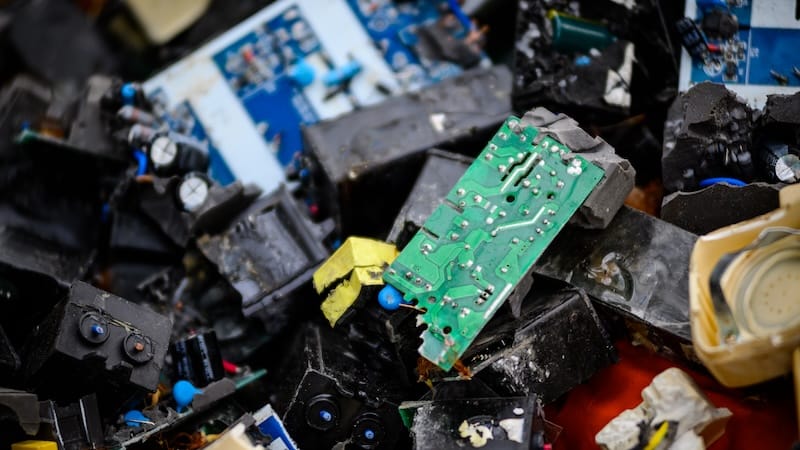
Increasing digitalization means that more and more waste is generated. But as a new study now shows, the AI sector in particular could catapult the amount of electronic waste to a new level.
The number of electrical appliances in many households has been increasing enormously for many years. One of the reasons for this is that fewer and fewer repairs are being made. Many people opt for newer models instead.
The amount of electronic waste has therefore been increasing for years. In 2022 alone, the value of electronic waste in Europe was around 18 kilograms per capita.
However, increasing networking and digitalization, which require ever newer digital devices, is once again contributing to an increase in this amount of waste. According to a recent study, success in the area of artificial intelligence could also be particularly problematic.
According to the study by the Chinese Academy of Sciences published in the journal Nature Computational Science was published, AI could increase electronic waste by a factor of 1,000 by 2030.
What influence does AI have on the global amount of electronic waste?
Training and operating AI systems requires enormous computing power. These are likely to increase significantly in the coming years.
This in turn also has an impact on the amount of electronic waste generated by the use of AI systems. According to the researchers, a total amount of 1.2 to 5.0 million tons of electronic waste could be generated between 2020 and 2030.
However, that doesn't have to be the case. The study shows strategies for the circular economy that could reduce the generation of electronic waste by up to 86 percent.
How will the amount of waste develop in the coming years?
For their calculations, the researchers assumed that large language models such as ChatGPT will be incorporated into everyday use – as is already the case in many places today. Due to constant growth, the amount of devices, such as servers, that operators have to replace due to wear and tear is also increasing.
The amount of electronic waste could increase from 2,550 tons in 2023 to 2.5 million tons in 2030. If AI were used less, the amount of waste would only increase to 400,000 to 1.5 million tons.
Potential for saving electronic waste through AI
However, researchers at the Chinese Academy of Sciences also see great potential for savings in the amount of electronic waste generated by the use of AI.
The biggest problem is the reuse of discarded servers. If servers were not scrapped after three years but used for other tasks for another year, 62 percent less electronic waste would be generated compared to the base scenario.
Better algorithms could enable savings of 50 percent. The continued use of individual components, such as processors, could achieve potential savings of 42 percent. More efficient chips should also be able to save a further 16 percent.
Also interesting:
Source: https://www.basicthinking.de/blog/2024/11/07/ki-elektroschrott/


